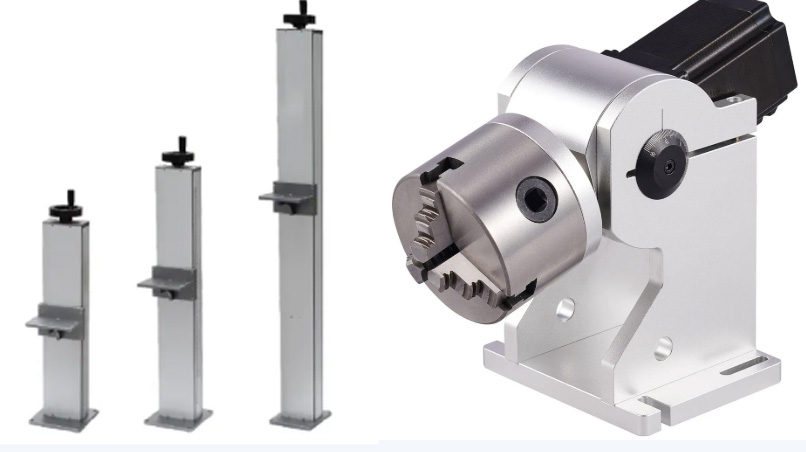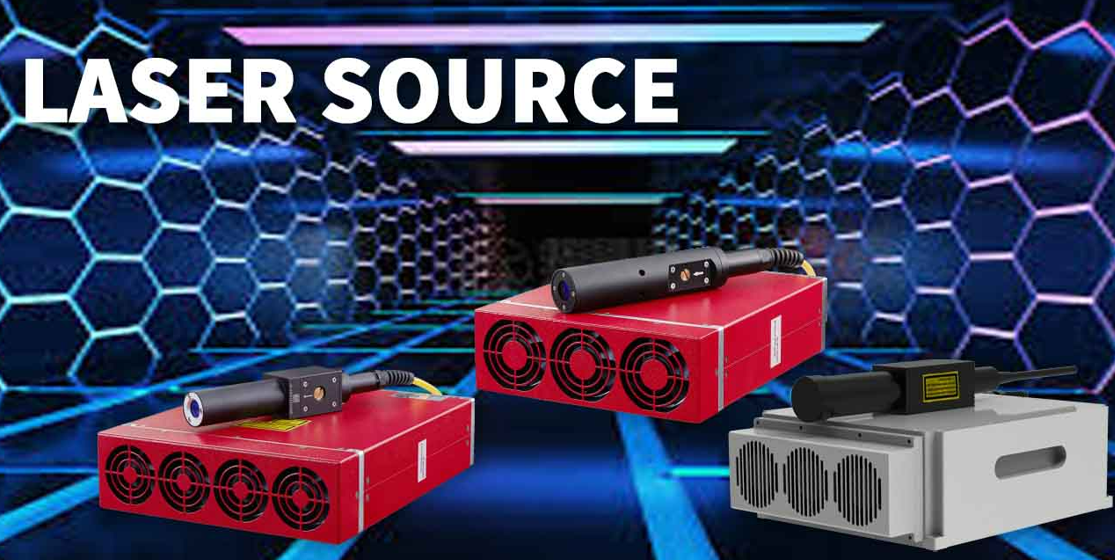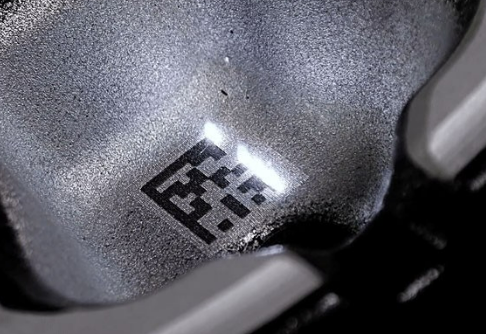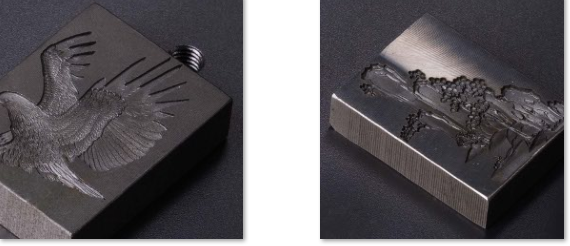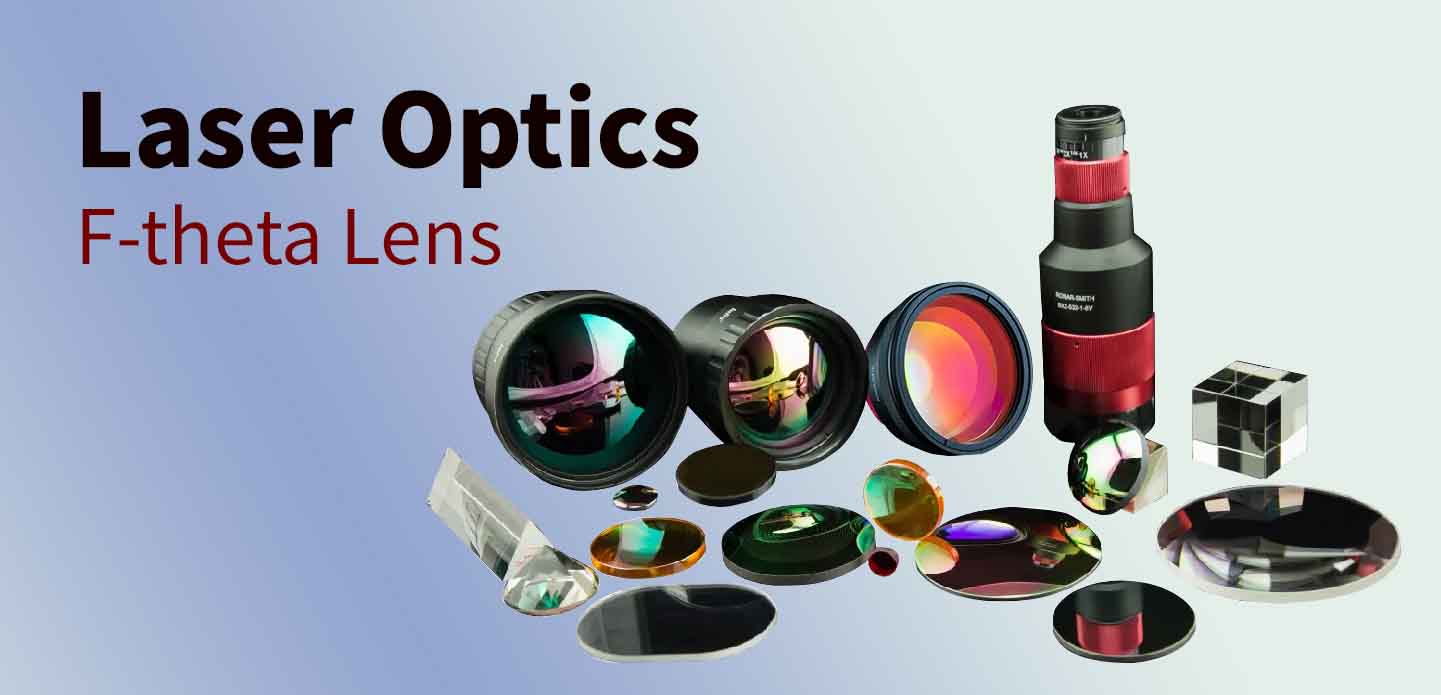
Introduction to F-theta Lens
The F-theta lens, also known as a scan lens or flat-field lens, is a crucial optical component in laser marking, engraving, cutting, and welding systems. It’s designed to project a focused laser beam across a flat field, ensuring that every point on the working surface receives consistent beam quality and energy distribution.
Whether you’re using a fiber laser marking machine, a UV laser engraver, or a CO₂ laser cutter, chances are your system relies on an F-theta lens to achieve optimal precision and repeatability.

How Does an F-theta Lens Work?
Unlike conventional focusing lenses, the F-theta lens creates a linear relationship between the scanning angle and the position on the work surface. It compensates for distortion typically introduced by galvanometer scanners. Here’s how it works:
The lens takes the diverging beam from a galvo scanner and focuses it onto a flat surface.
Each degree of scan angle translates proportionally to a distance on the work field.
This results in uniform focus, beam spot size, and marking accuracy across the entire scan area.
In essence, F-theta lenses allow laser systems to engrave or mark with high accuracy, speed, and minimal distortion over large areas.
Key Features of an F-theta Lens
Flat Field Focus: Maintains sharp focus across the entire scan field.
High Precision: Minimizes distortion and spot deformation.
Material Coating: Anti-reflection coatings for optimal transmission at specific wavelengths (e.g., 1064 nm for fiber, 355 nm for UV).
Multiple Focal Lengths: Available in different focal lengths to suit different field sizes (e.g., 70×70 mm, 175×175 mm, 300×300 mm).
These features make F-theta lenses ideal for industrial applications requiring speed and accuracy.
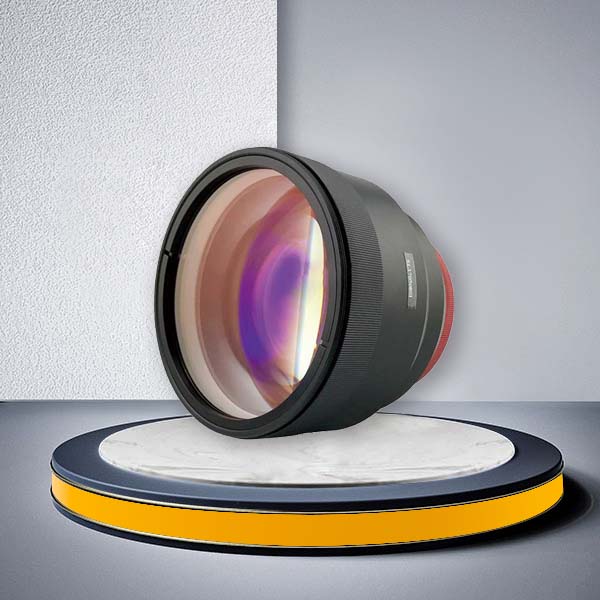
Applications of F-theta Lens
F-theta lenses are widely used in:
Laser Marking Machines: Ensuring consistent depth and clarity for barcodes, QR codes, logos, and serial numbers.
Laser Engraving Systems: Especially when working with intricate patterns over large surfaces.
PCB and Semiconductor Manufacturing: For micro-drilling and precision laser ablation.
Textile & Packaging: High-speed date coding, labeling, and decorative engraving.
If your system uses a galvanometer scanner head, an F-theta lens is likely already playing a key role in your laser operations.
Choosing the Right F-theta Lens
When selecting an F-theta lens, consider:
Laser Wavelength: Match lens coatings to the laser wavelength (e.g., 1064 nm for fiber lasers, 355 nm for UV lasers).
Scan Field Size: Larger scan fields require longer focal lengths.
Spot Size Requirements: Shorter focal lengths yield smaller spot sizes and higher resolution.
A well-matched F-theta lens will significantly boost your laser engraving machine’s performance, precision, and productivity.
Common F-theta Lens Models and Specifications
| Focal Length (mm) | Scan Field (mm) | Suitable for Wavelength | Typical Use |
|---|---|---|---|
| 100 | 70×70 | 1064 nm | Jewelry marking |
| 163 | 110×110 | 1064 nm | General industrial marking |
| 210 | 150×150 | 1064 nm / 355 nm | Deep engraving |
| 254 | 175×175 | 1064 nm / 532 nm | Metal and plastic marking |
| 330 | 220×220 | 1064 nm | Large area marking |
Conclusion
The F-theta lens is an indispensable part of modern laser scanning and marking systems. It delivers consistent focus, sharp engraving, and minimal distortion across flat work surfaces. Whether you’re in the business of laser cutting, metal marking, textile engraving, or PCB manufacturing, upgrading or optimizing your F-theta lens setup can significantly enhance your system’s output.
Always ensure that the lens is compatible with your system’s wavelength and field size. For maximum efficiency and lifespan, keep your lens clean and handle it with care.
FAQs about F-theta Lens
Q1: Can I use any F-theta lens for my laser machine?
No. You must choose an F-theta lens that matches your laser wavelength and desired scan field.
Q2: What happens if I use the wrong focal length?
The focus may not cover the entire work area properly, leading to blurry or distorted markings.
Q3: Is the F-theta lens compatible with all galvanometer scanners?
Most scan heads are designed for specific lens mounts, so check diameter and thread compatibility before buying.
Q4: How do I clean an F-theta lens?
Use lint-free cloths and optical lens cleaner. Never use abrasive materials or alcohol-based cleaners.
Q5: What’s the lifespan of an F-theta lens?
With proper care and no physical damage, an F-theta lens can last several years without noticeable degradation.



